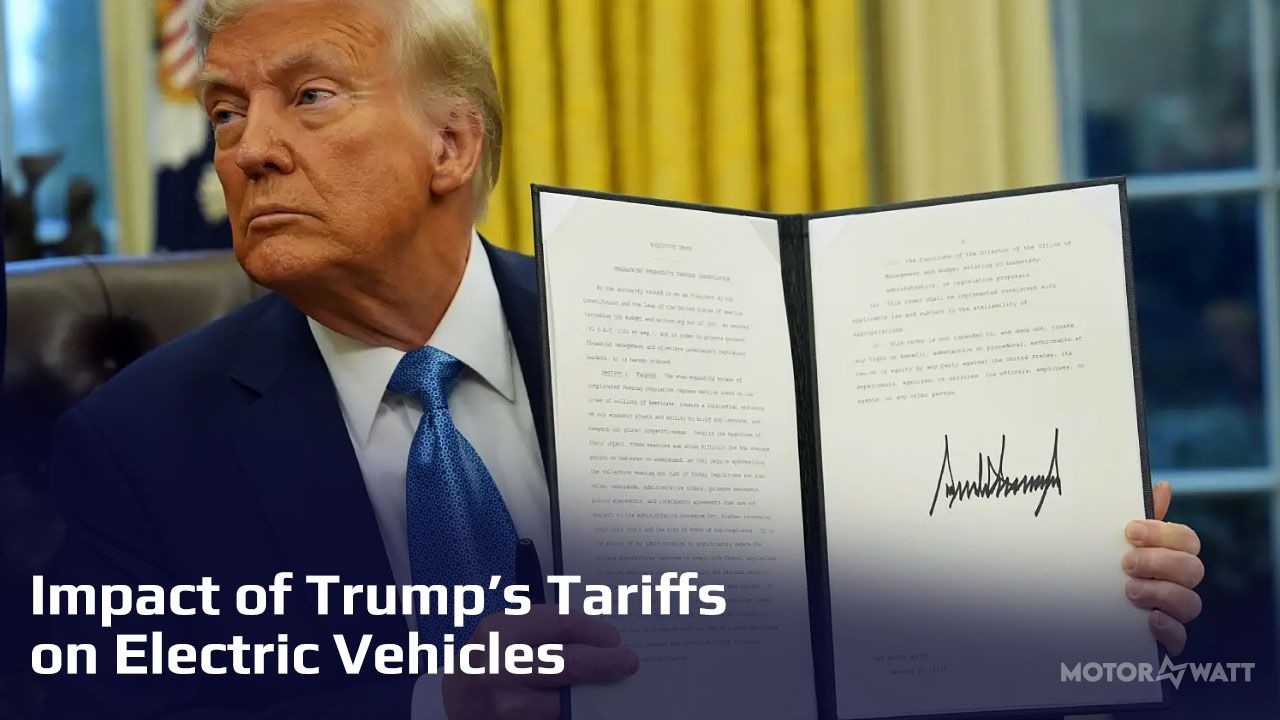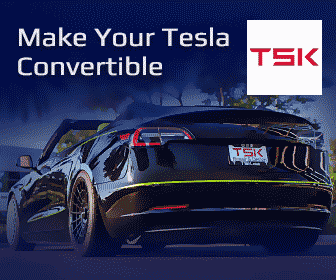Impact of Trump’s Tariffs on Electric Vehicles
Share this article in Social Media:

Trump’s 2025 tariffs impose a 25% charge on imported electric vehicles and parts, aiming to boost U.S. manufacturing but raising EV prices. Tesla may benefit, while foreign brands like Volkswagen and BYD face higher costs. The move could stall EV adoption as tax credits vanish.
Trump’s Tariffs 2025: How They Reshape the Road Ahead
In classic Trump fashion, the former president’s latest move—reintroducing tariffs on electric vehicles and parts—has everyone from auto execs to EV enthusiasts talking shop. With a blanket 10% tariff kicking off on April 5, and a hefty 25% tariff on imported EVs and components just four days later, we’re staring down a significant shake-up. The aim? Give American manufacturing a shot in the arm. But as with most things involving tariffs, the devil’s in the drivetrain.
For EV fans used to watching sticker prices drop, this one’s a curveball. Imported electric cars—many already on the pricey side—are about to jump in cost. That $40,000 EV from abroad? Say hello to $50,000. And if Trump succeeds in scrapping the $7,500 federal EV tax credit, the impact deepens. Let’s dig into what this means for Tesla, BYD, your wallet, and the future of electric driving in the U.S.
Tesla, Rivian & Lucid Could Gain From the 25% EV Tariff
There’s a silver lining if you're Elon Musk. With Tesla building most of its cars right here in the U.S.—Fremont, CA and Austin, TX—the company’s lineup could now look like the "value" pick in a suddenly pricier market. The 25% import tariff won’t touch them, giving Tesla a home-court advantage just as its Q1 2025 sales slumped 13% to 336,681 units.
Rivian and Lucid may also see a modest bump, but scale is a factor. Tesla ships hundreds of thousands of vehicles; Rivian and Lucid are still warming up. But in a world where imported competition costs more, even startups can grab a piece of the pie—if they can survive long enough to bake it.
Foreign EV Makers Like Volkswagen, Toyota, and BYD Face Trouble
Volkswagen’s ID.4? Trouble. Toyota’s bZ4X? Even more trouble. Brands relying on global supply chains now face a logistical headache, with a 25% tariff smacking both finished vehicles and parts. Toyota’s hybrid and EV parts imports from Asia now come with a surcharge, making their vehicles less wallet-friendly overnight.
And BYD, the Chinese EV juggernaut? They're already locked out with a 100% tariff. Trump’s latest move might just be the final nail in the coffin for their U.S. ambitions. Expect them to double down in friendlier regions like Latin America and Africa, where tariffs don’t stack as high as skyscrapers.
Your Next Electric Car Just Got Pricier
If you’re shopping for a new EV and thought you’d dodge inflation with an import, think again. Tariffs could balloon the price of some electric models by $10,000 or more. Add the proposed elimination of the $7,500 tax credit, and your dream EV could become a budget buster.
Even U.S. manufacturers might nudge prices up. Why? Because they can. Fewer imports mean less competition, and less competition means higher prices. And with EV depreciation already averaging 58.8% after five years, the value proposition starts looking shaky, even before you factor in range anxiety or home charging logistics.
Will Tax Credit Cuts Kill EV Growth in the U.S.?
Since the Inflation Reduction Act of 2022, the $7,500 federal EV tax credit has been the go-to incentive for middle-class buyers. It helped boost sales for American-made cars with domestic battery supply chains. Kill that, and you’re removing one of the few carrots on the stick.
EV affordability hinges on a delicate balance of sticker price, tax credits, and energy savings. Lose any of those three, and adoption dips. If the Trump administration axes the tax credit while raising tariffs, we could see a real contraction in U.S. EV sales, especially for models priced under $45,000. That's a segment where most consumers shop—and where margins are already thin.
Domestic Production Still Faces Supply Chain Woes
Here’s the rub: tariffs are meant to push production back home, but it’s not like you can snap your fingers and open a battery factory. Building new plants takes time—years, not months. In the meantime, domestic manufacturers still rely heavily on imported semiconductors, battery cells, and rare earth materials. Those parts? Still getting hit by tariffs.
Ford’s F-150 Lightning and GM’s Ultium platform could see delays or cost overruns as component prices rise. Startups like Fisker—already bankrupt in 2024—don’t have the runway to absorb extra costs. So while the “America First” banner gets waved, production bottlenecks could keep the U.S. EV machine from hitting cruising speed.











